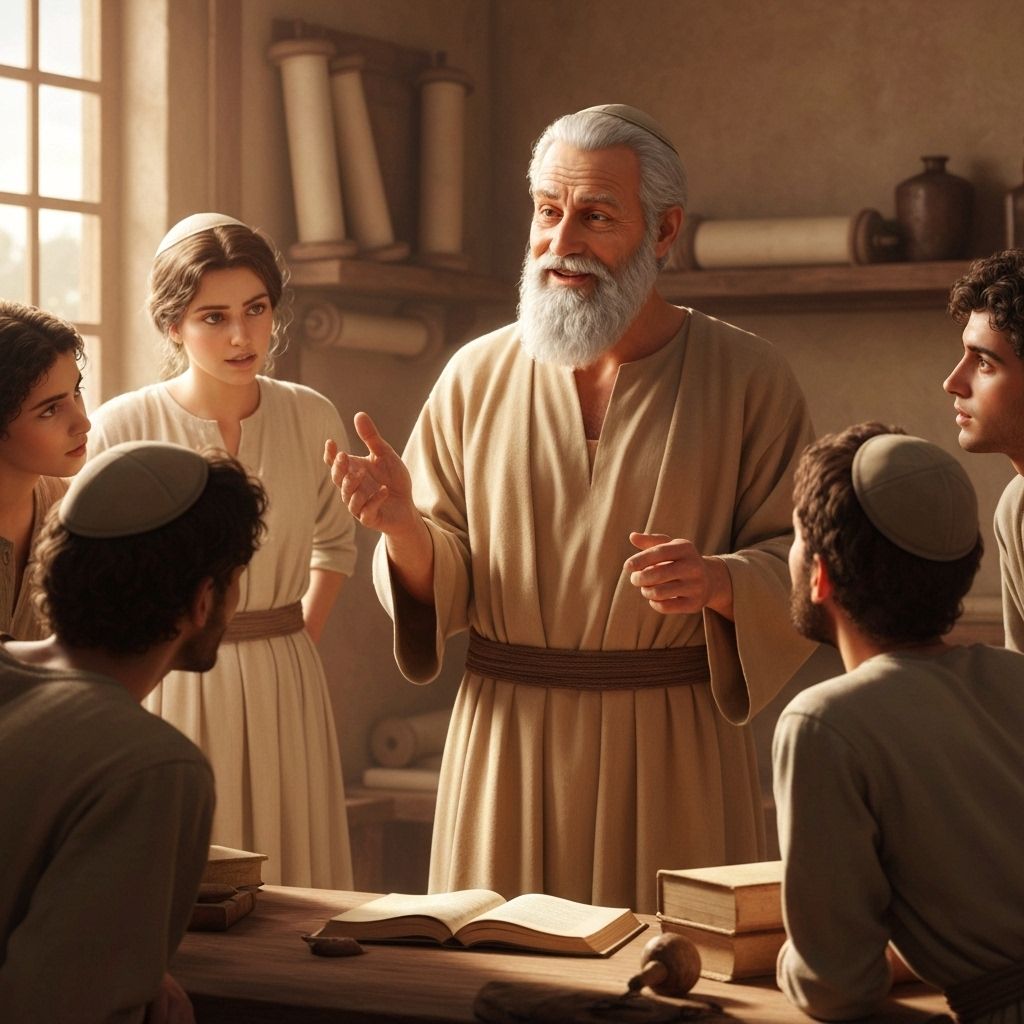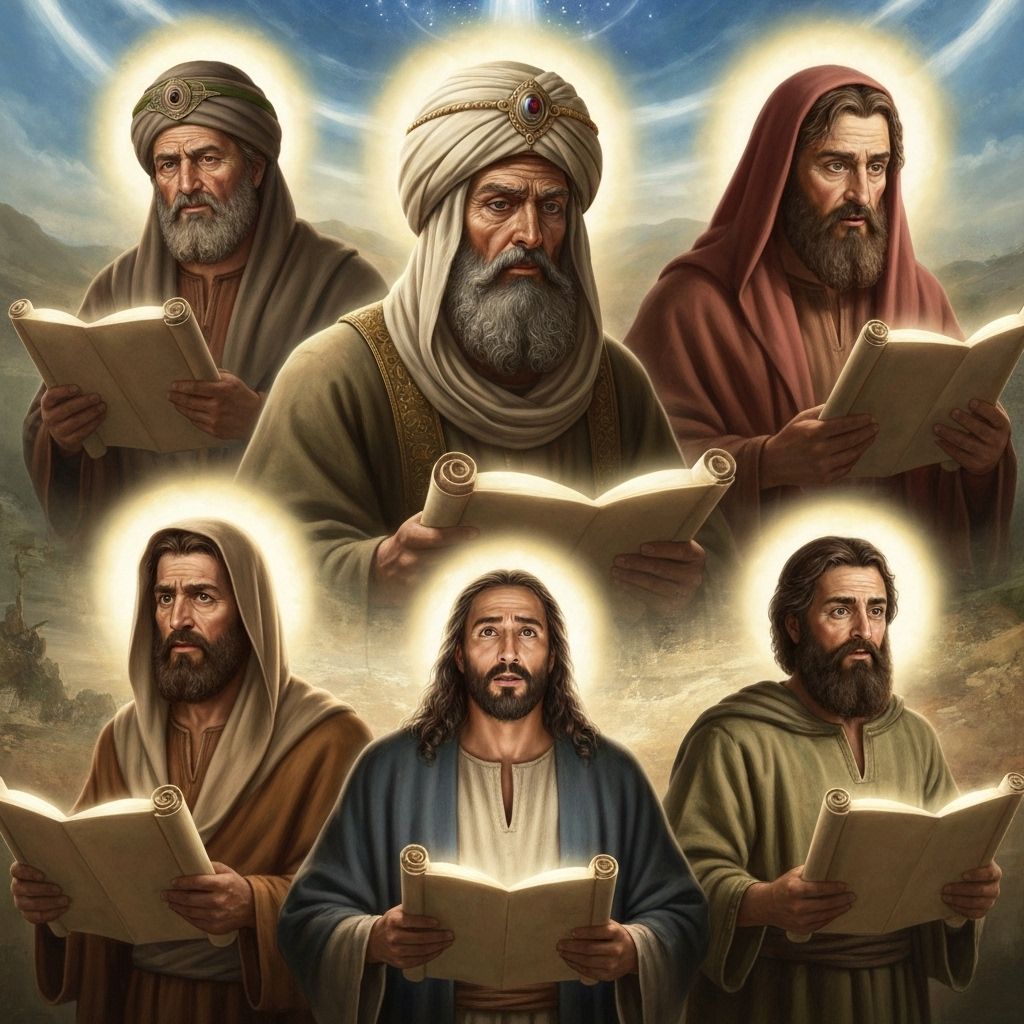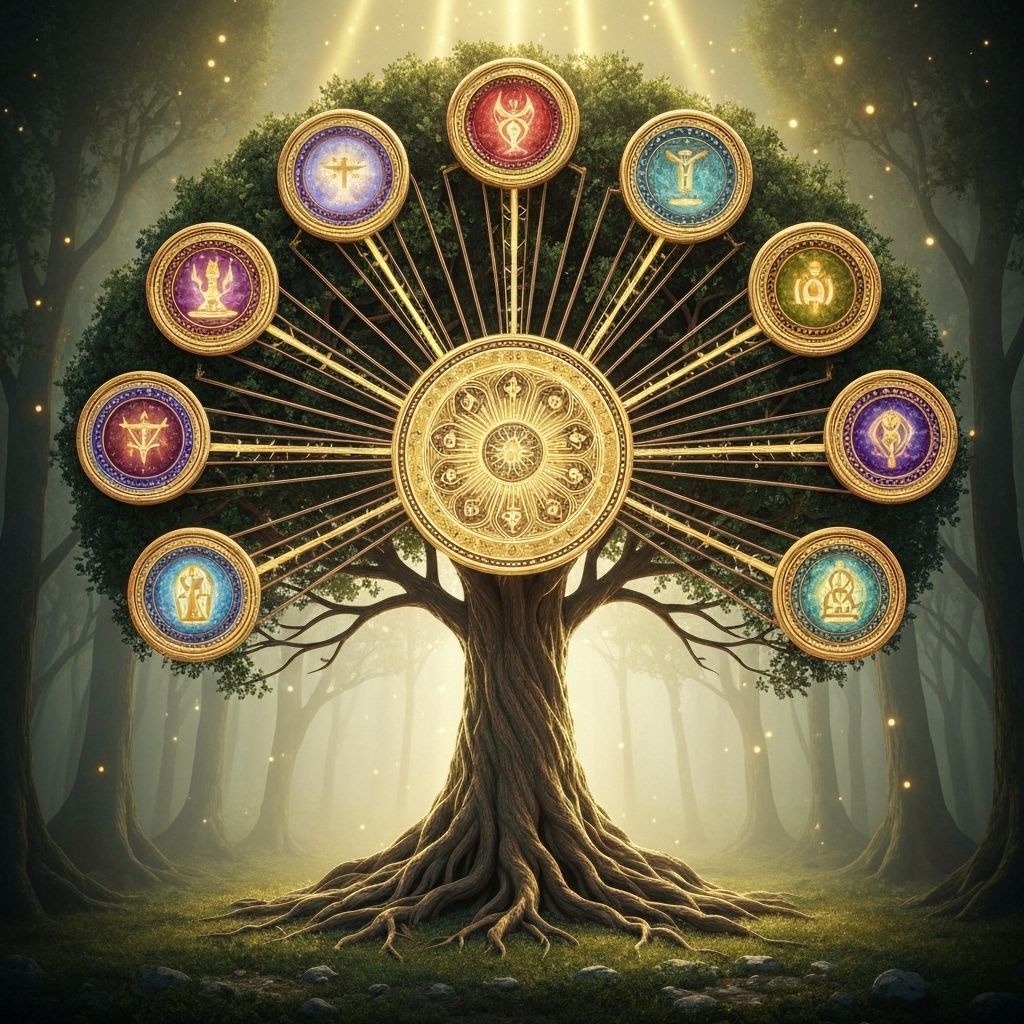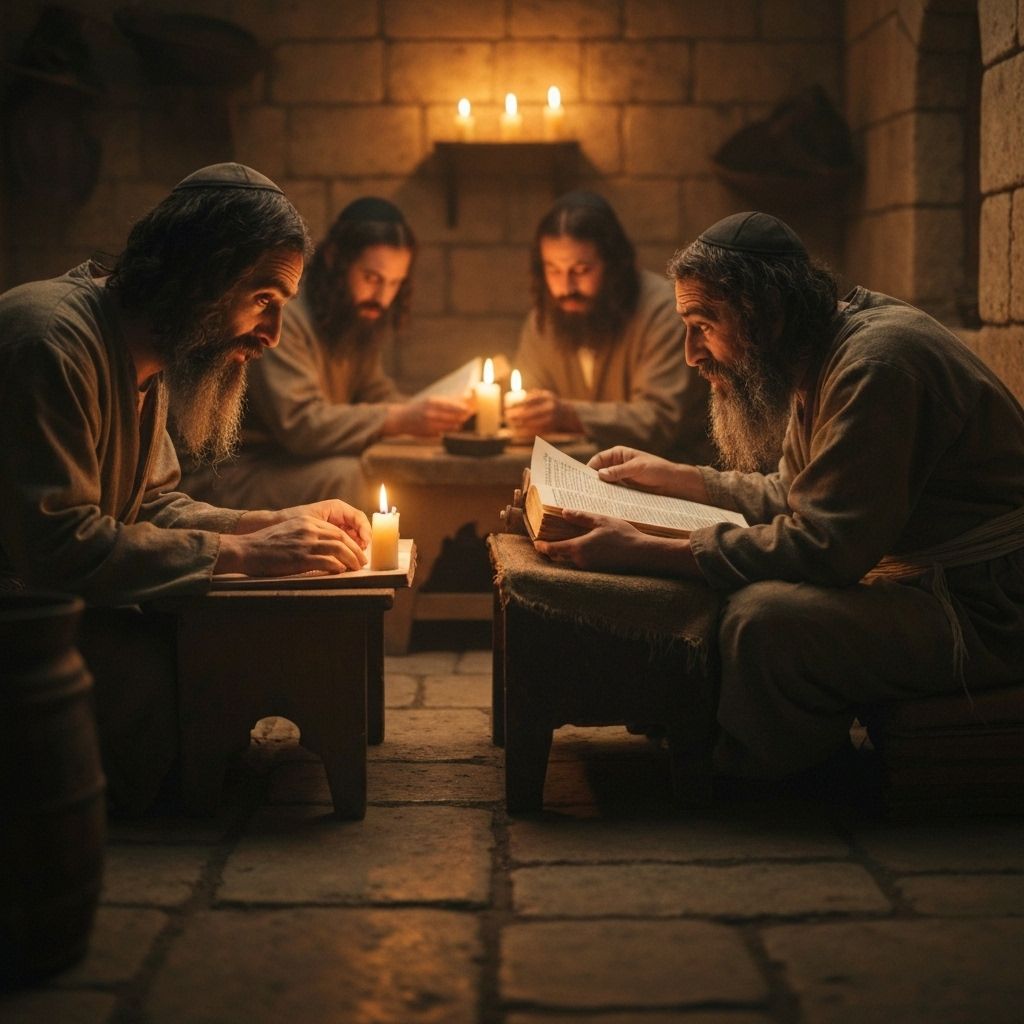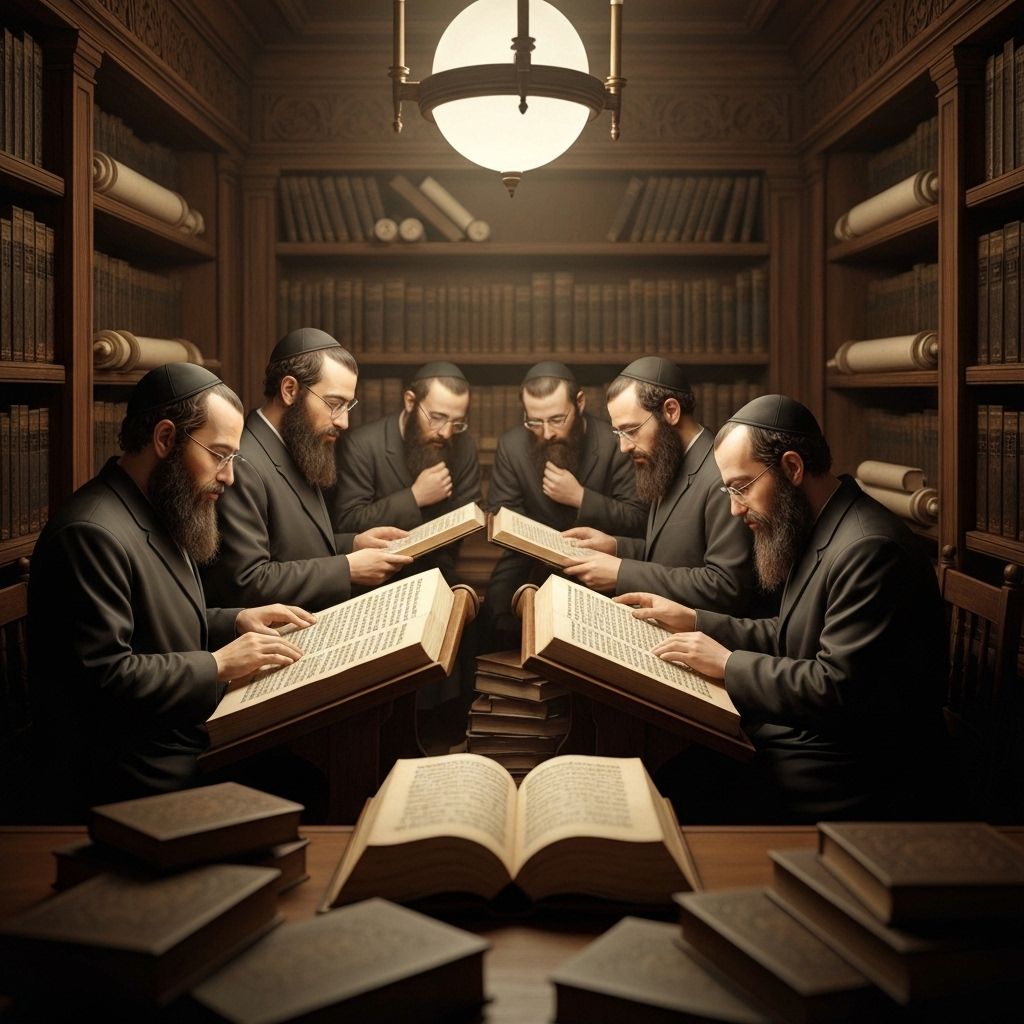3-Minute Summary
The Words of the Torah Explained with Help from Rashi and Ramban
Rashi (1040-1105) was a medieval French rabbi whose commentary on the Torah and Talmud is considered essential reading. His explanations focus on the plain meaning of the text and are known for their clarity and accessibility.
Ramban (1194-1270) was a Spanish rabbi, physician, and philosopher who provided deeper mystical and philosophical insights into the Torah, often building upon Rashi's work while adding his own profound interpretations.
The parsha marks the culmination of the seven-day consecration period when Aaron and his sons officially begin their priestly duties. The eighth day represents a new beginning, moving from preparation to active service in the divine realm.
The successful offerings consumed by heavenly fire demonstrate divine acceptance of the priestly service. This miraculous confirmation validates the consecration process and establishes that proper ritual brings divine approval and blessing.
Aaron's blessing of the people creates a powerful moment of communal unity, showing that priestly service benefits not just the priests but the entire covenant community through divine favor and connection.
The tragic incident with Nadav and Abihu, who offer 'strange fire' (esh zarah), demonstrates the dangers of unauthorized divine service. Their enthusiasm for holiness leads to improper action, resulting in immediate divine judgment.
Hashem's instruction to Aaron not to mourn publicly reflects the sanctity of the occasion and the need to prioritize divine service over personal grief. Aaron's silent acceptance shows the burden of leadership in maintaining communal focus during personal tragedy.
Moses' reassurance to Aaron that this was part of divine will ('I will be sanctified through those close to Me') teaches that divine service has its own logic, and that tragedies can serve higher purposes in demonstrating divine holiness.
The dietary laws (kashrut) distinguish between kosher and non-kosher animals based on physical characteristics. These laws create a system of spiritual discernment, teaching that what we consume affects our spiritual state and connection to divine holiness.
The laws emphasize that Israel is a holy people set apart for divine service. Dietary restrictions reinforce the concept of kedushah (holiness), creating physical boundaries that reflect spiritual realities.
The parsha concludes with the prohibition against priests drinking wine before entering the Mishkan, emphasizing that divine service requires mental clarity and spiritual sobriety to avoid confusion or error in sacred duties.


